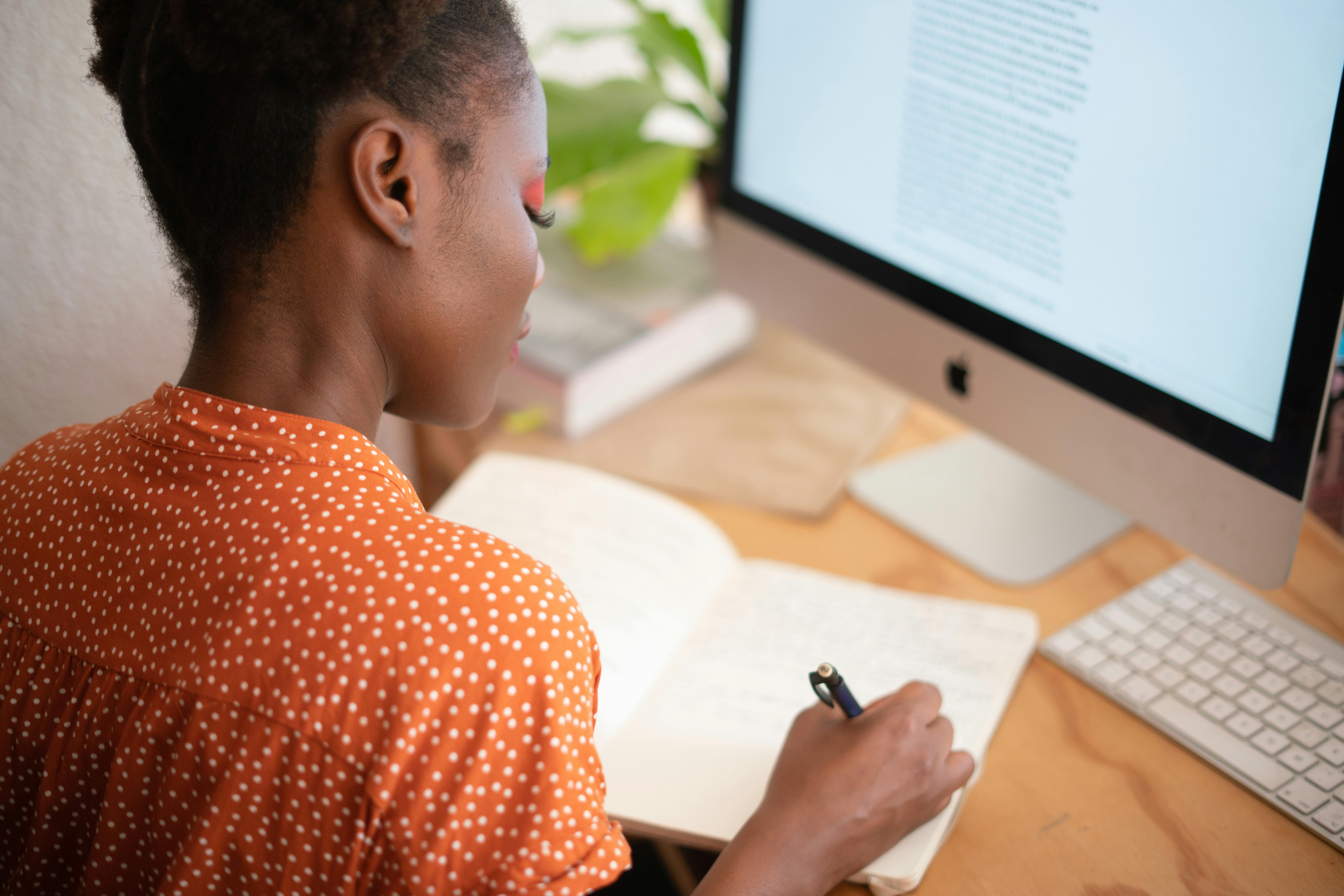Publications · Case study
Teaching at a Distance: Flipped learning

Blending teacher-led sessions with independent learning.
Flipped learning reverses the traditional classroom approach to teaching and learning. At home, students watch videos, listen to audio recordings, read books or worksheets. These resources allow them to work at their own pace, pausing to make notes where necessary. Some students, though not all, will be able to access help and support from family members. This independent study means there is time in live sessions with the teacher for activities that encourage students to think critically about the information they have studied. Live sessions become a time to explore subjects with the support of teacher and classmates.
The flipped learning approach has two parts: direct instruction at home and an interactive element with a live link to the teacher. The direct instruction can focus on readings or audio recordings, but it often consists of videos. These may be ones made by the teacher, or they could be ones that have been shared online. A useful source is the Khan Academy, a not-for-profit organisation that specialises in making short explanatory videos that are freely available online.
The success of flipped learning depends on how the live session is run. Some teachers have adopted peer mentoring, with students teaching each other. Others have used group projects to explore the concepts learned at home. In some cases, the live sessions are used for debate and discussion.
The choice will partly depend on the subject matter and partly on how the link is being made. If students are unable to join live video chat, they may need to interact via text chat, a shared document, or phone conversations.
If students have limited Internet access and cannot all be online at the same time, live sessions can be spread during office hours. These may be times when teachers will be available on video chat, or a discussion forum, or via text to work one-to-one or in small groups with students. These office hours can be drop-in sessions or may be scheduled around times when both student and teacher are able to get online, talk on the phone, or communicate via text message.
Flipped learning at a distance
- Set up a framework where all learning resources are available to students
One way of doing this is to set up a slideshow in which every slide contains a link to a resource that students will need. Google Slides is a free tool that can be used to do this. - Put learning in the right place
Decide which parts of the lesson have to take place in a live session, which parts students can work on independently, and which parts will involve group work. - Teach students to learn independently
Support students to develop time-management skills, to set up a workspace in their home environment, and to trial different ways of working together at a distance. - Build in time for students to reflect on their assumptions
This is a new way of working for both teacher and students. Take time after each live session to consider what is working well and what could be improved in future.
How did it go?
Let us know how flipped learning worked for you and your students in the comments on our Innovating Blog. Please share any tips that others would find useful, or link to examples of good resources.
View PDF: Teaching at a Distance: Flipped Learning Case Study (157K)